Burn the Maps
The demographics and economic realities of rural America are shifting. The dividing lines between country and city spheres are increasingly fluid. Art of the Rural founder, Matthew Fluharty, makes a case for rejecting calcified notions of “rural art” and redrawing a geography of the cultural center (and periphery) accordingly.

It is significant that the common image of the country is now an image of the past, and the common image of the city an image of the future. That leaves, if we isolate them, an undefined present.
Raymond Williams, The Country and The City
I think about Theocritus a lot these days. Working from the Library of Alexandria in the third century BCE, this Sicilian-born poet was part of a collective effort to build the largest storehouse of knowledge his civilization had yet known. In the midst of this pre-modern, pre-Internet project of information aggregation, Theocritus harnessed those texts towards the creation of an enduring kind of cultural and political ars poetica.
Theocritus sat in the halls of the Library and wrote poems — intricately metrical, densely referential — that utilized everyday dialogue to express a complex, national mythos. The presence of this body of work, alternately referred to as the Bucolics or Idylls, can be felt throughout our contemporary experience. In the arts, we might refer to Theocritus as the father of the pastoral genre; in political and cultural spheres, we could point to him as one of the first to put into critical terms a kind of spatial pathology that has continued to persist for two millennia: the notion of center and periphery.
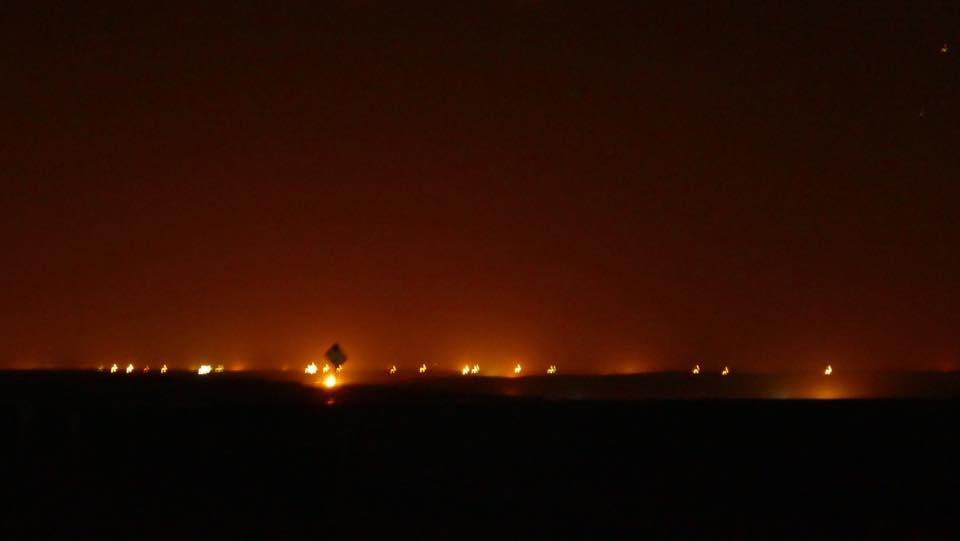
These Idylls operate as a series of dialogues between paired speakers (goatherds, shepherds, nymphs, Pan, etc.) all of which are set against the backdrop of an idealized rural landscape, Arcadia. The brooks echo with the eloquent speech of these men (always men), and an orderly and peaceful flock organizes around their song. Well-turned verse is likened to sound husbandry, which in turn parallels the ideal and orderly organization of the nation. Pastoral scholar Paul Alpers coined this relationship the “representative anecdote:” how the shepherd stands in for the Greek citizen, how the cultivated landscape spreads out in abundance like a well-ordered nation. The Idylls offered a lush political matrix of anxiety and aspiration, achieved, as William Empson famously wrote, by “putting the complex into the simple.” That received tradition continues even now through a thousand avenues, from national parks to new country, from Marfa to farm-to-table to pancake breakfasts along the campaign trail in Iowa.
Though, at first glance, contemporary art might seem far from the genius loci of those ideal pastures, ancient or recent, even here we can take Theocritus’s form as a lens of investigation. In so doing, it’s evident that much of our conversations, academic discourse, and exhibition culture are deeply, unselfconsciously, set in the sort of pastoral fortifications blueprinted in the Idylls. However, as opposed to expected political and cultural utilizations of the pastoral framework, which pivot on a nostalgic response (for instance, how the Obama campaign orchestrated the painting of barns in the crucial swing state of Ohio before the 2008 election), we find that negation often characterizes how the universe of contemporary art deploys the center-periphery spatial condition — which in turn shapes how this field envisions urban-rural relationships, or lack thereof.

It would be perhaps easy to say that contemporary art, driven as it is by an elite culture that often assumes rural space to be homogenous, discriminatory, and uneducated, would not find much interest in the aesthetic and cultural dynamics beyond the metropolis and its benighted satellite locales. It would be equally glib to locate the cause of this center-emphasis at the hands of “the market” or “institutions.” But the solution may lie more deeply in the last 120 years of art criticism itself, which, from the fin de siècle through modernism and its litter of aesthetic stepchildren, has located “the contemporary” almost exclusively within the city. As critics and artists, we have inherited this spatial pathology writ large — in invisible ink — across our multiple canons. And that conceit distorts the critical questions beneath a landscape, a people, or an image. It’s a significant task to break through — though it is in the best interests of cultural discourse and the entire arts community to ask why our field has so little to say about such a large swath of contemporary rural experience.
Are we that far from Theocritus at all? While we can all too easily deride the nostalgia of such Idylls, the negation at the heart of art’s center-periphery construction offers its own “representative anecdotes” in its simplistic spatial/cultural erasures. In both cases, the mirror (by design) refers back to the perceiver, rarely disrupting the placid waters of its own cultural and political self-definition. We would be well served to remember this about the Arcadia of Theocritus: no Greek shepherd or farmer would have been able to comprehend his thickets of gorgeous, metapoetic dialogue. Arcadia, in reality, was a string of barren and rocky hillsides. Nothing would grow there.
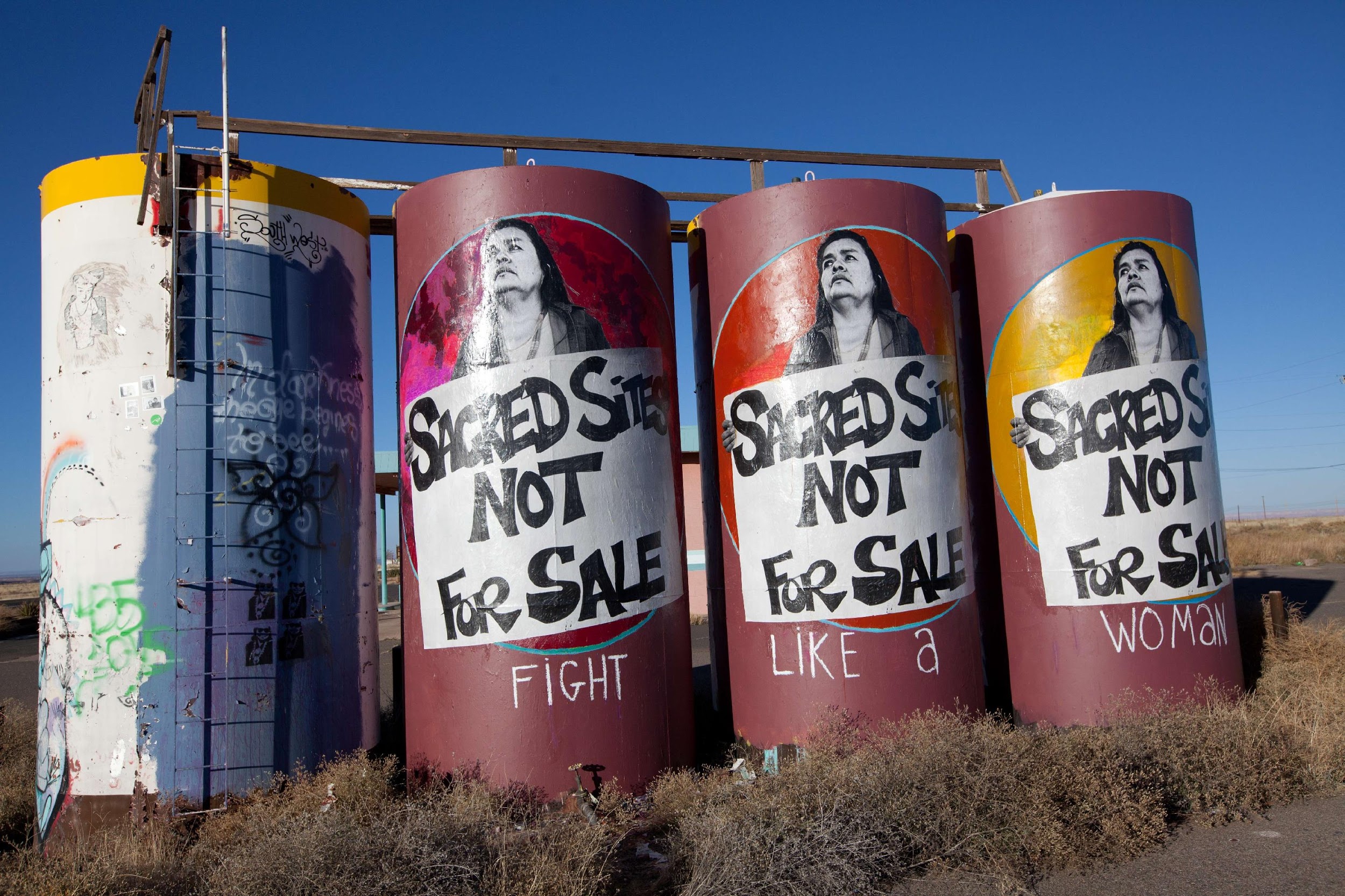
I first read the Idylls in a library as well, when I was involved in some information aggregation of my own: studying for doctoral comprehensive exams. Out of the boredom and frustration of this process sprang a simple observation: what fundamentally distinguishes our cultural moment, as artists, critics, and readers, is the visible and accessible evidence of the perforations within our imposed center-periphery, urban-rural binary. With just a few clicks of a Google search, an easy “representative anecdote” becomes troubled by the thorny nuances of lives, struggles, and expression emerging from the supposed periphery; those simple, if enduring analogic equivalents break down. As these counter-narratives emerge to establish new spatial stories, the cultural and economic throughways between country and city only make such terms as “country” and “city” more fluid, interpretative, unstable. We discover the periphery inside the center, the rural inside the urban. It was always there.
From a rural context, tracing that critical continuum between the “center” and “periphery” creates pathways through which both the received canon and the conversation on contemporary art can be challenged and enlivened, but this interchange also has tremendous social impact. In this regard, it’s hard to overstate the importance of the internet — how it provides the first sustained platform in human history for these communities to “write back,” to challenge the political dynamics within the spatial pathology of center-periphery manifest in everything from broken treaties to mountaintop removal to trucker hats. In this, we approach the foundation of Alan Lomax’s notion of cultural equity, of how communities and individuals can move from passive receivers of mass media to engaged, global transmitters of local culture.
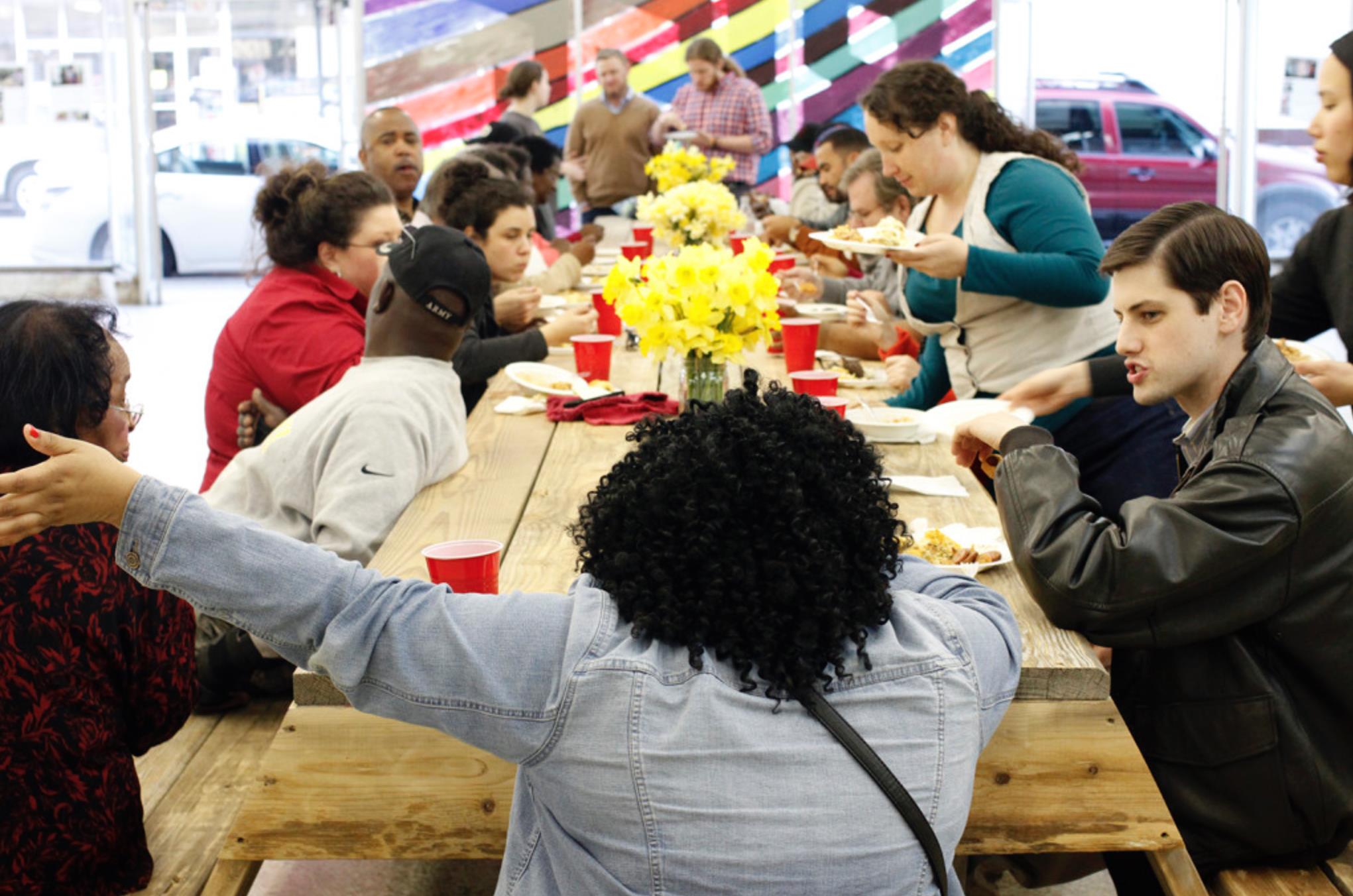
I began Art of the Rural in response both to this need for a network and for critical, connective conversation. At the project’s inception in late 2009, the internet was the tool both for archiving and for engagement; after two years of existing as a blog and gaining an active readership, AOTR transitioned into its current form as a collaborative organization with a mission to increase inclusivity in the arts and culture field and to advance projects that articulate the shared condition of rural and urban space.
The first five years of Art of the Rural have coincided with an efflorescence of rural and rural-urban material on the internet. It is increasingly hard to remember the digital space of the early Obama years, when (especially beyond the cities, where broadband coverage continues to be a pressing concern) Twitter, Facebook, and mobile app-based programs were far from ubiquitous. Web 2.0 fully emerged in the rural context around 2011. Whereas the early years of AOTR were characterized by those aforementioned Google searches and a lack of shareable media, it’s a simple thing now for artists working outside urban areas to find a network, a field of contemporary practice in rural space.
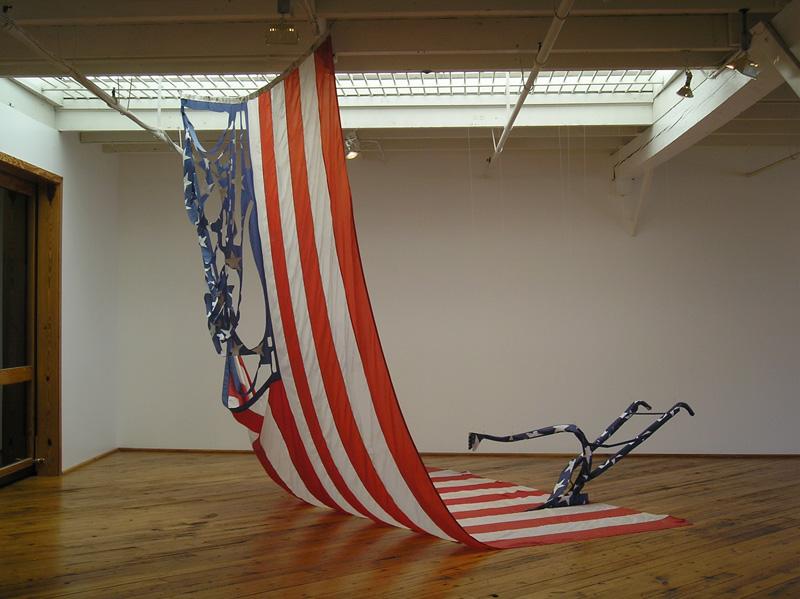
In this particular context, the notion of a field is expressed across an aesthetic and critical terrain, but is also given dimension by the social and spatial conditions of rural America itself. These latter categories of inquiry provide some hard truths about the social costs of working in the periphery — truths that do, in turn, shape how this rural arts field will cohere in a digital space.
Today, rural artists are making work in a period where the particular American pastoral vision of white, god-fearing farm families no longer holds. In our post-agricultural moment, only 19% of rural people actually live on farms, and 90% of their income is generated off the farm — meaning that many spouses are supporting such operations by working in nearby cities and industries. While this rural-urban relationship is changing, so too is the face of the citizenry involved. The most recent census tells us that rural America is increasing in diversity at a higher rate than its urban counterparts, with people of color stimulating 83% of the population growth and now comprising 21% of these communities.
Though the complexion and the productive landscape of rural America are changing, its residents continue to be underserved. In 2012, the poverty rate in rural areas was 3% higher than that of the cities, with 571 of the 703 high-poverty US counties located in rural America. Despite the well-documented need, just 6% of private philanthropy and less than 1% of corporate grantmaking are allocated to rural America. If such funds were evenly distributed, per-capita, rural Americans would have received an additional $28 billion of investment in 2010.
These figures clarify the challenges that circumscribe the evolving rural critical discourse. Given this panorama of change, poverty, and philanthropic disinvestment, the social environment fundamentally changes the stakes, the outcome, and the aesthetics of art practice in rural space — and it shapes how a portion of our readership at Art of the Rural engages with this writing.
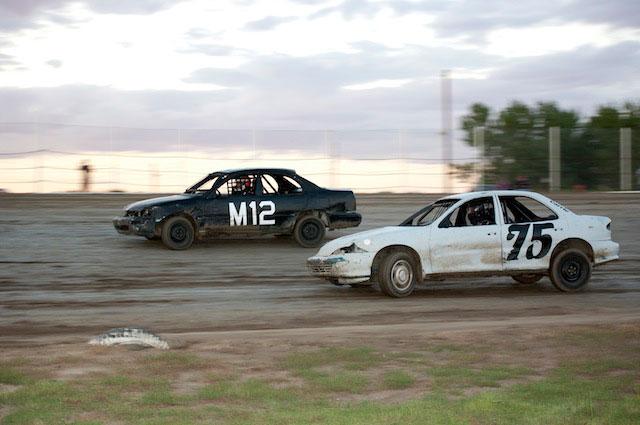
As Art of the Rural has worked to facilitate such conversations, the response to these social conditions has at once underscored the essential place of digital networks while also illuminating the limits of these technologies. The geographical array of rural artists and projects is both a challenge and a defining characteristic of this field. Our early efforts at AOTR sought to collapse this physical distance through the use of a large-scale digital map that connected and added narrative to nearly 800 points across the country. Yet it became clear that, due to lack of broadband access, some of our readers could not access the map — indeed, they could not even view their own projects represented therein.
There is also the consciousness of how, beyond the urban centers, such digital projects can perpetuate the kinds of extraction and disempowerment that have long defined hierarchies of the center-periphery relationship. It is commonplace to connect digital media, “content,” the hyperlink and the hashtag, to notions of visibility and impact; yet, in both rural and urban America, there should be an additional pressure to interrogate how such work actually benefits the entities it catalogues, tags, and converts into metadata. How valuable, an honest artist asked me once, is exposure on a national platform when most galleries, institutions, and foundations do not yet recognize the validity of the art emerging from this rural cultural condition, of its place within a larger critical conversation?
Such questions have led me to a different plan of action than many of my colleagues. My thinking now has turned to how digital writing can also give way to analog applications, to how online writing can transform itself into community newspaper columns across the country, or shape-shift into newsprint dispatches distributed across public libraries, post-offices, and convenience stores. How can our writing creatively embody the commerce between center-periphery, urban-rural that animates these artists’ work?
We know from recent data that half of rural America is located in metropolitan counties, just as we have known for decades that tens of thousands of artists, writers, and critics raised in the country come to cities each year for education and employment. Likewise, an increasing number of creative professionals choose to live and work beyond the cities; while some of them were born in rural places, most were not. In light of these demographic shifts, continued immigration, and historical flashpoints like the Farm Crisis or the Great Migration, it is perhaps time to recognize the cultural existence of a rural diaspora, and to ask what this social phenomenon might mean for the contemporary arts now that the shepherds are in the Library, checking Twitter next to Theocritus.
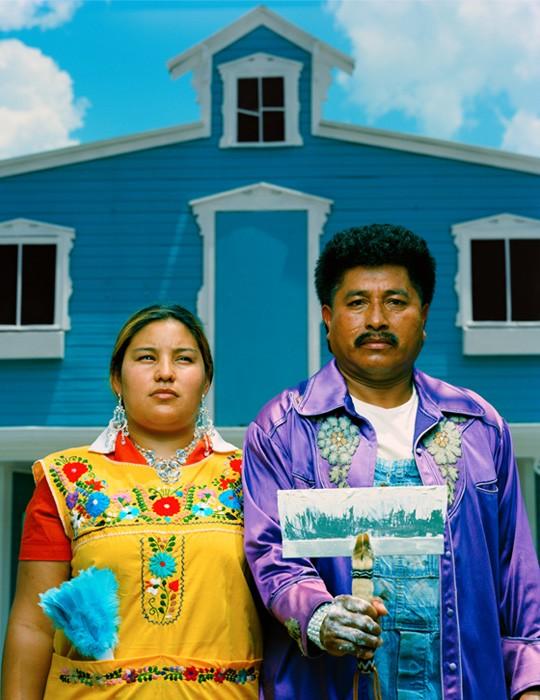
Perhaps we will find in the cultural and spatial fluidity of the migrant, the transplant, and the returnee a solution to the calcified logic of center and periphery. Perhaps, in their transit, we will find a new field.
To learn more on the rural and rural-urban arts networks, Matthew suggests visiting Alternate ROOTS, Common Field, Creative Exchange, Imagining America, Places, and the Rural Arts and Culture Summit.